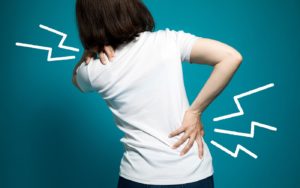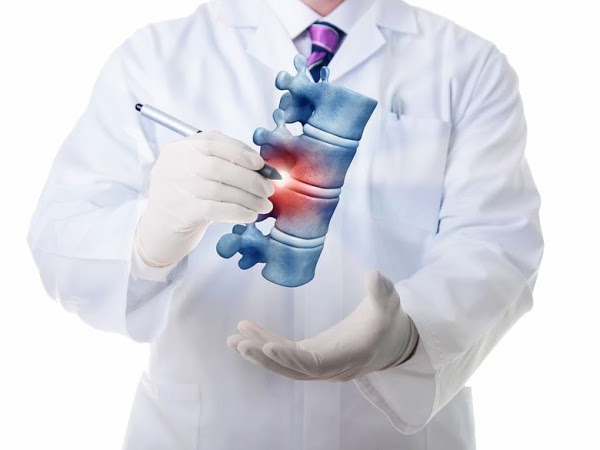Back pain treatment:– Nowadays, back pain is extremely common. The most frequent types of back pain are mechanical and inflammatory. Each type can have several causes.
Read: Most common causes of back pain
 Which are the treatment options?
Which are the treatment options?
There are many options available to treat your pain. Some treatments are aimed at treating painful episodes. Others reduce the risk of suffering them or accelerate the recovery of mobility.
Postural hygiene
It consists of learning how to adopt postures and make movements so that the load for the spine is as minimum as possible.
The goal of postural hygiene is to learn to make the efforts of everyday life in the most appropriate way, in order to reduce the risk of back pain.
In addition, for those who already suffer from back pain, knowing how to make everyday efforts can improve their autonomy and improve the limitation of their activity.
Physical exercise
The goal is to develop the musculature involved in the functioning of the spine (such as the back, abdominal and gluteal muscles) and improve its coordination.
A powerful, balanced and well-coordinated musculature improves the stability and functioning of the spine, decreases the risk of intervertebral disc injury and improves mobility. In addition, it improves the unconscious coordination of the musculature, thus decreasing the risk of overload or injury of the muscles or ligaments.
In addition to being able to reduce the risk of pain appearing, worsening or persisting, exercise can also be useful as a treatment.
Medication
For the treatment of back pain, painkillers, non-steroidal anti-inflammatories and muscle relaxants are really helpful.
Experts recommend the use of painkillers in the phases of greatest pain; or in acute crises or exacerbations of chronic cases. In general, and with exceptions, to reduce the risk of side effects it is recommended not to use them more than 14 days in a row.
Physiotherapy
It consists of applying heat, cold, massages or devices such as short-wave diathermy, ultrasound, magnetotherapy or laser.
How does it work?
Dilation of the vessels is an essential aspect of inflammation. That is why it has been proposed that in cases where the cold could be beneficial when tending to contract the vessels.
We know that muscle contracture negatively affects blood flow to the muscle, thus contributing to increased pain. In cases where this factor is important, as in chronic cases, it has been proposed that heat could be beneficial, as it tends to dilate the vessels and improve blood flow. In those cases, a massage could have a beneficial effect by stretching the contracted musculature. Interferential currents also produce an increase in blood flow to the tissue. The idea is that short-wave diathermy would also produce heat at a particular point – and not in an area – and more penetrating, so it would reach deeper tissues.
Some studies suggest that the laser can also increase the degree of cell activity.
Ultrasound and shock waves differ in the frequency of vibration of the waves they use. They would produce an increase in local metabolism and blood circulation. As a consequence, it increases the flexibility of connective tissue and accelerates tissue regeneration. This can reduce pain and stiffness, and improve mobility.
Local infiltrations
They consist of injecting anaesthetics or anti-inflammatories usually derived from cortisone – in the painful area. It can be either in the ligaments or in the “trigger” points. Trigger points are those that are especially painful to pressure, or in which it awakens pain.
Surgery
We recur to surgery as a last resort. It is just necessary in a minority of cases. The goal is the correction of the structural anomaly that causes back pain (when that is the cause). For instance, a herniated disc that compresses a nerve root. When all non-surgical treatments have failed, removing the herniated disc material eliminates compression.
At the London Spine Unit, we have some of the best specialists to diagnose and treat your back pain.
Click here to book an appointment.

